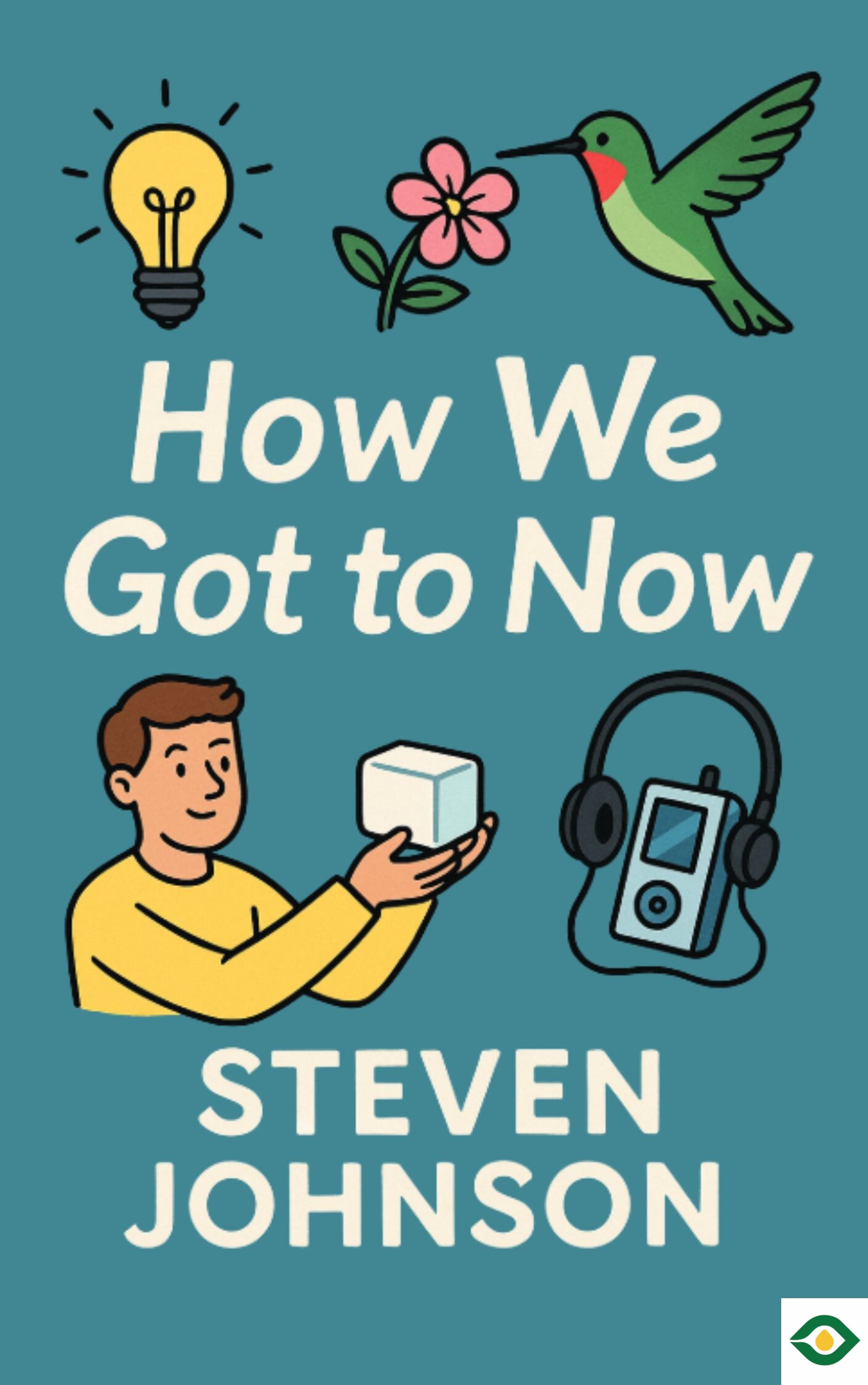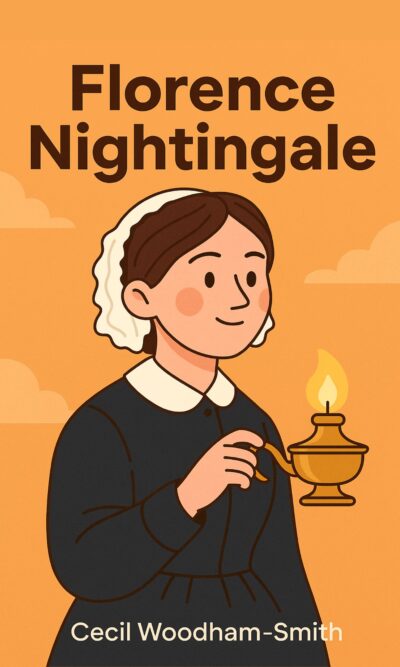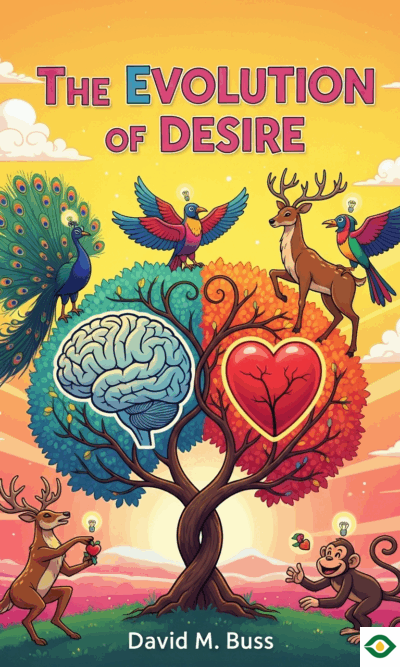Description
The world we live in is more connected than we often realize. Every invention, no matter how small or specific, can create ripples that reach far beyond its original purpose. Sometimes these connections are visible. Other times, they are hidden until someone takes a step back and looks at the bigger picture. This book helps us explore how ideas evolve, influence one another, and shape the modern world in surprising ways.
To begin, let’s consider how life itself shows us the power of connection. In nature, there’s something called coevolution. It means that two different living things evolve together, helping each other grow. For example, millions of years ago, flowers started producing bright colors and sweet smells to attract insects. These insects became better at getting pollen from the flowers, which helped the plants reproduce. Later, hummingbirds came along. They wanted the nectar from these flowers, but had to learn to hover to drink it. Slowly, their wings changed shape to allow them to do this. So, because of flowers and insects, hummingbirds learned to fly in place. One small change led to another, and that’s how nature moves forward — through interconnected steps.
Now, think about history. We often look at it one event at a time, like checking off boxes on a timeline. But that can hide how events influence each other. A better way is to take the long view. This approach looks at the wider connections between events and inventions. For example, Google’s search engine was a powerful tool that made information easy to find. But when Google added ads to their search results, it caused local newspapers in the U.S. to lose a big part of their income. This change wasn’t just about technology — it affected journalism, jobs, and even how people accessed local news. A simple business decision changed a whole industry. When we zoom out, we begin to see how one idea can quietly shift another.
Sometimes, the links between inventions are almost magical. Take Clarence Birdseye, a naturalist who went on a fishing trip to cold northern Canada in the early 1900s. He saw that fish froze instantly in the icy air, and when he cooked them later, they tasted fresh. That gave him the idea for flash-freezing, and soon he started the frozen food industry. But this story doesn’t stop at dinner. The same freezing method is now used to store human eggs and sperm, giving people more control over family planning. Birdseye had no idea his discovery would help people start families decades later. But that’s how innovation works — one idea opens doors to many others.
Not every invention causes change on its own. Sometimes, it simply creates the right environment for new ideas to grow. A great example of this is the mirror. Before mirrors were common, people didn’t paint self-portraits. They couldn’t see themselves clearly. But once mirrors were invented in the 1400s, people started to look at themselves — not just physically, but emotionally and intellectually. This shift helped spark the Renaissance, a period full of creativity, art, and new ideas about identity and humanity. So even though the mirror didn’t directly cause the Renaissance, it played an important part in changing how people thought.
Some inventions bring light — literally and figuratively — to the world. Candles were once made from material found in whales, making them expensive and rare. Then came the light bulb, which not only saved whales but also let people read at night and learn more. Later, flash photography was born from this light. A journalist named Jacob Riis used this new tool to show the harsh living conditions in New York City’s slums. His photos shocked the public and pushed the government to pass new housing laws. A spark of light ended up changing lives. It’s a powerful reminder that technology doesn’t just entertain us — it can improve society.
But innovations can also take dark turns. Reginald Fessenden invented sonar to prevent ships from crashing, like what happened with the Titanic. Sonar later led to ultrasound, which helps us see babies before they’re born. While this is helpful for health reasons, in some countries, people started using it to choose the gender of their children. In places where boys are preferred, this led to an increase in abortions of baby girls. Even though the original invention was meant to save lives, it ended up causing harm in unexpected ways. This shows that even the most well-meaning ideas can have consequences we don’t expect.
Some inventions seem to come out of nowhere. But usually, they’re a result of unique experiences and diverse knowledge. Ada Lovelace is one example. She wrote the first computer program in the 1800s — long before computers even existed. Her background in math and her father’s poetic nature helped her think differently. She worked with Charles Babbage, who designed the first mechanical computer, and she imagined how it could do much more than just calculations. Her creative way of thinking about numbers helped lay the foundation for software development. Ada’s story reminds us that sometimes the best ideas come from blending science, art, and imagination.
In conclusion, the main idea in this book is simple but powerful: everything is connected. An invention that seems small today might shape the world in ways we can’t predict. Understanding these hidden connections helps us appreciate innovation not just as isolated events, but as part of a larger, living system of ideas. When we take the long view and look for patterns, we begin to see how all the pieces fit together — across time, technology, and culture.





